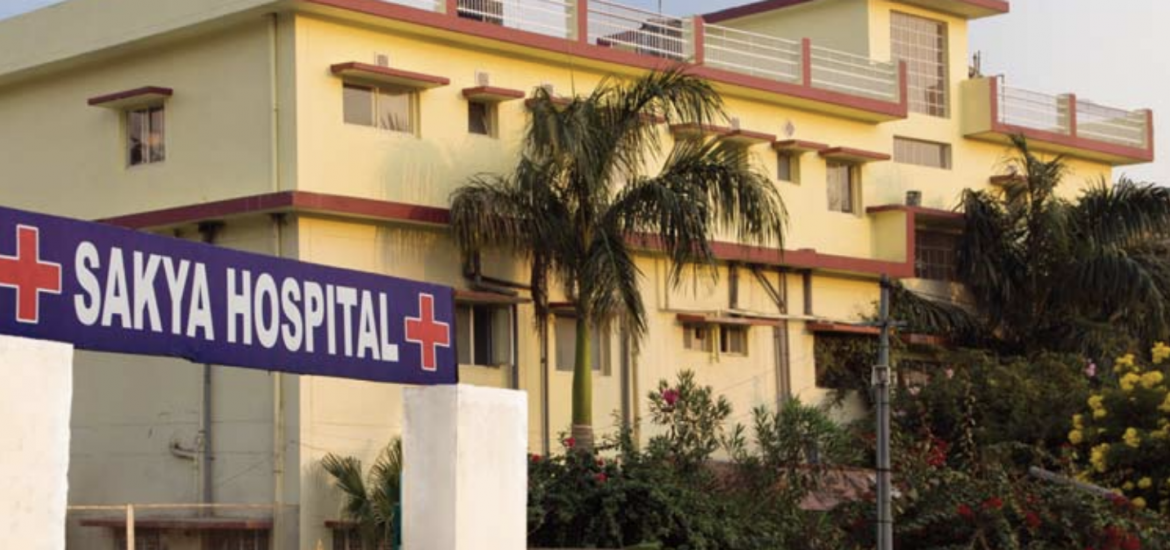Adapted from the original feature
The seat of the Khön clan is in the family monastery in Dehra Dun, and the Sakya Hospital, founded in 2002, is an institution dear to Dagmo-la’s heart. Her bond with the hospital technically began before she was married, through her mother’s first meeting with her future mother-in-law. Their exchange seems to have been a harmonious blend of traditional obligations and genuine friendship. Dagmo-la’s marriage was an arranged one: “The parents met each other before the bride and groom did!” Dagmo-la recalls mirthfully. But it was understood between the senior women that given Dagmo’s comprehensive education and flourishing activities, it would be good to nurture her personal interests. “My mother-in-law told my mother about the Sakya Hospital after she heard about my interest in social work during my college years.”
Giving time productively has always come naturally to Dagmo-la since her time as a college student, when she and her peers worked on campus. When she formally joined the Khöns, His Holiness the 41st Sakya Trichen asked her to take over the secretarial duties of the family. She recalls feeling delighted about being able to be “useful,” but also to work in a familiar environment. “I spent my days writing and replying to His Holiness’s numerous mail, creating mailing lists, and sending cards, letters, and emails all over the world. In my free time, I also recall cataloguing all the books in the family library!”
Aside from assisting her father-in-law, Dagmo-la felt an affinity with those that needed healthcare. “Sakya Hospital was initially started with the support of generous donors and Dharma friends in Europe, mainly disciples of Ven. Sherab Gyaltsen Amipa,” she says. “It was blessed by His Holiness the 41st Sakya Trizen, and the foundation stone was laid by the 42nd Sakya Trizin. I believe it was started with the main aim of providing medical care to our Sakya monks and nuns.” A few years after her marriage, Dagmo-la decided that the time was right for her to invest more time and effort into Sakya Hospital. First, she started off cataloguing hospital inventory on her own.
“I began writing to donors, and at the same time began working on making sure the hospital adhered to the country’s health standards and requirements. It was a very fulfilling time for me as I more or less single-handedly looked after the hospital,” she recalls with pride. It was after she was expecting her first child that she decided to find someone who could commit full-time to the institution. While she is still Sakya Hospital’s director, she no longer oversees its daily operations.
“I slowly began to reach out to the local community in order to let it be known that our services were for the entire community and not just monks and nuns. It gives me much happiness to say that over the years we have not only provided healthcare to our monks and nuns, but to the entire local community. I have met many Indians in the community who speak highly of the hospital, and it warms my heart,” says Dagmo-la.
“Among other institutions, we have close and special relationships with the blind and differently abled schools in the area, and have special rates for them. We have slowly added to the medical services we provide with the help and assistance of generous sponsors for example, ophthalmological, and hospice services. We very often treat low-income patients completely for free if they are unable to pay the low cost of our medical services. We have performed many free health camps, awareness talks, fogging against dengue and malaria, and even performed free surgeries.”
Currently the hospital is closed for renovation, but Dagmo-la and her colleagues plan to open its doors to the community soon so that the team can get back to serving the community with compassion.


